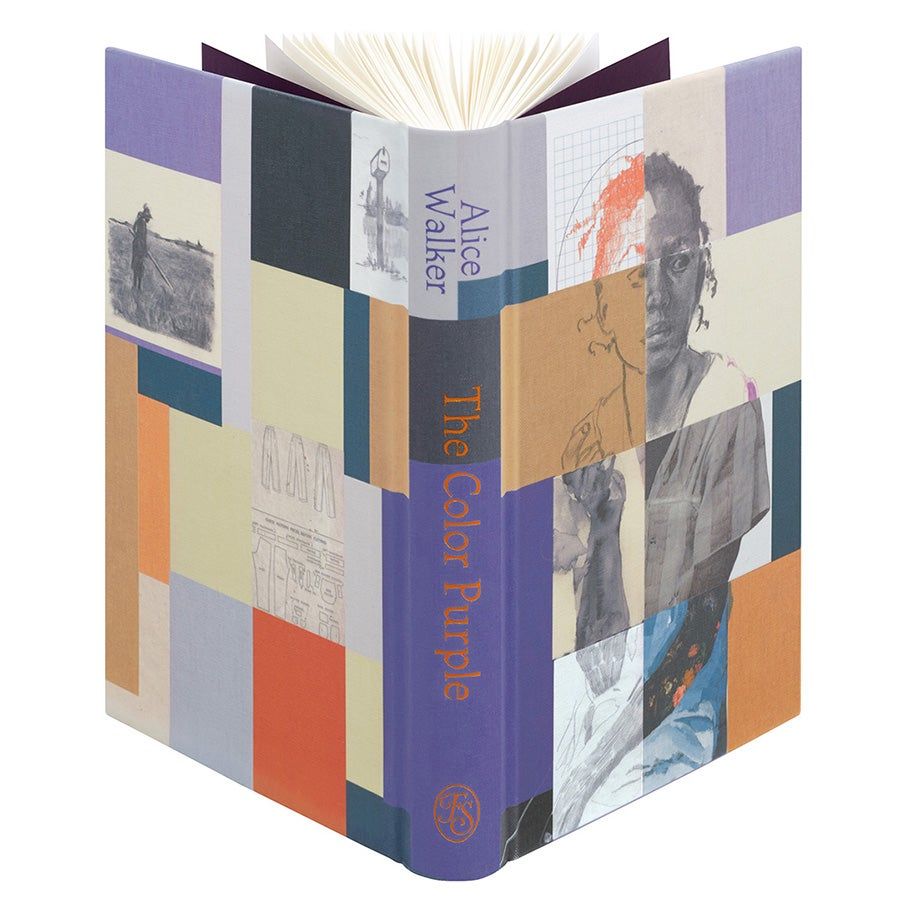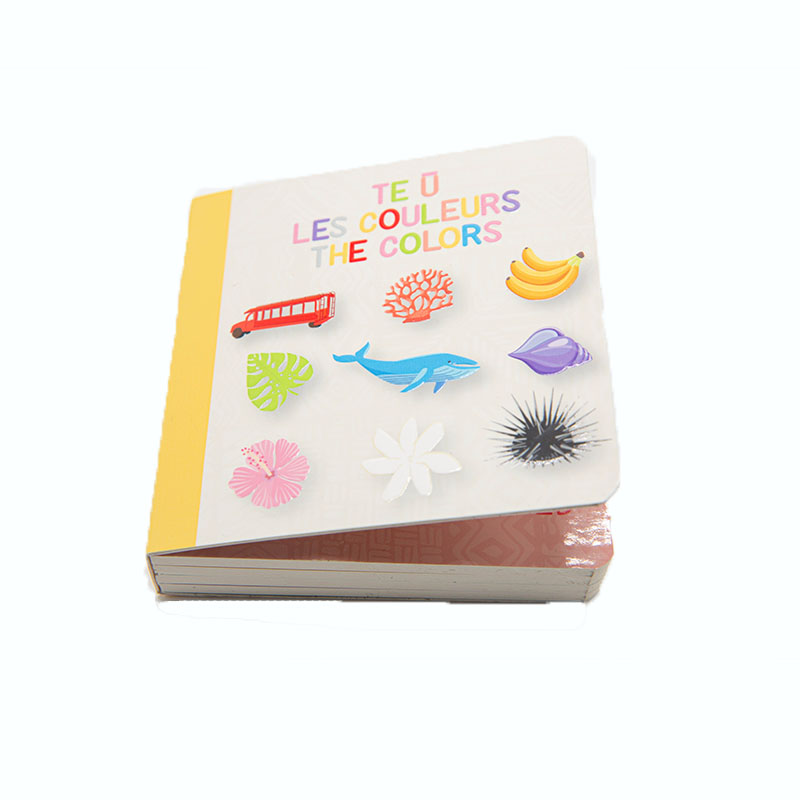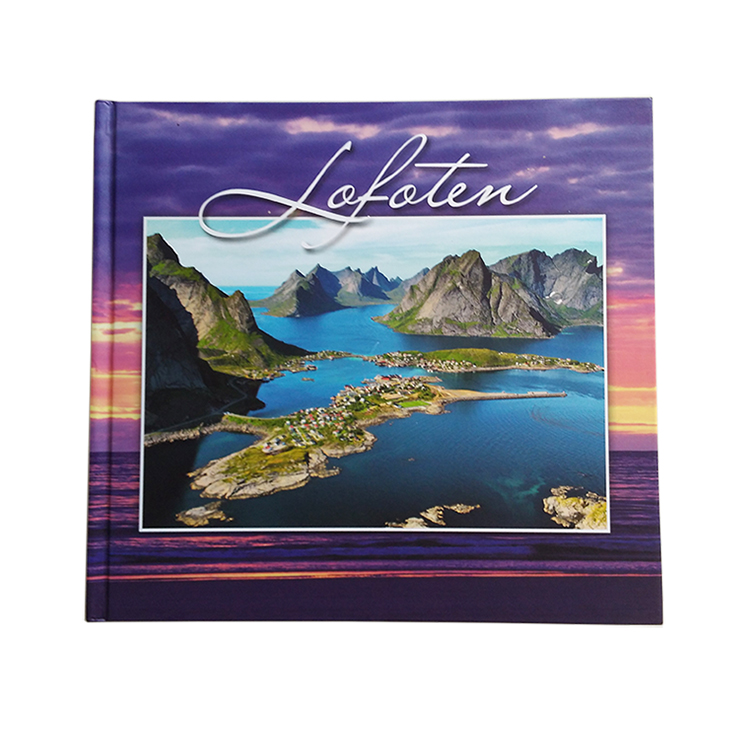Umfassender Leitfaden zur individuellen Hardcover-Buchbindung
Hardcover bookbinding remains a top choice for authors, publishers, and book lovers due to its unparalleled durability and elegant aesthetic. While paperback books offer convenience and portability, hardcover books are the ultimate standard when it comes to long-term preservation and physical presence. This article dives deep into the world of custom hardcover bookbinding—what it is, how it’s done, its unique advantages, and why it remains the preferred binding method for various projects. If you’re considering binding your project in hardcover, this guide will help you understand its value and why it’s the perfect choice for both creative and professional works.
Inhaltsverzeichnis
What is Hardcover Bookbinding?
Hardcover bookbinding, often referred to as case binding or hardback, is a bookbinding technique that involves a sturdy, protective cover. Unlike paperback books, which have soft covers, hardcover books use a rigid outer casing, typically made of cardboard or thick paperboard, to protect the book’s contents. The spine of a hardcover book is typically sewn or glued, providing a flexible yet strong structure that ensures the book lays flat when opened.
This form of binding offers a premium feel, making it an ideal option for books intended to last and be displayed prominently. Hardcover binding provides significant durability, ensuring the book’s longevity, even with frequent handling.
Understanding the Hardcover Bookbinding Process
The process of hardcover bookbinding is both intricate and labor-intensive, ensuring that the final product is sturdy and visually appealing. Here are the key stages involved:
a. Preparing the Pages
The book’s pages are usually printed on large sheets, which are then folded and cut. These pages are grouped into sections, also known as signatures. Each signature is sewn together using durable thread, creating the foundation for the book’s inner block.
b. Attaching the Book Block
Once the signatures are sewn, they are glued to endpapers (a white or colored sheet of paper), which are then attached to the inside of the book’s cover. The endpapers act as a bridge between the book block and the cover, ensuring that the pages stay securely in place.
c. Adding the Cover
The cover of a hardcover book is typically made from thick, durable cardboard and is wrapped in either a glossy or matte finish. The cover is printed with the book’s artwork and title before being laminated for extra durability. Once printed, the cover is attached to the book block with adhesive.
d. Final Touches
Additional features like headbands (decorative bands on the top and bottom of the spine) and tailbands are often added for aesthetic appeal. Depending on the design, a dust jacket—either with or without a protective layer—can be applied to complete the book.
The Advantages of Custom Hardcover Bookbinding
There are numerous benefits to choosing custom hardcover bookbinding for your project. Here are some of the key reasons why this binding method remains popular:
a. Long-lasting Durability
Hardcover books are built to last. The thick protective cover ensures that they can withstand wear and tear, making them ideal for projects that need to endure over time, such as photo albums, yearbooks, or keepsake books.
b. Premium Look and Feel
The physical presence of a hardcover book cannot be underestimated. Its weight, texture, and visual appeal create an impression of quality and professionalism that paperbacks simply cannot match. For authors and publishers, this means that a hardcover edition often becomes a collector’s item.
c. Flexibility with Design
Custom hardcover bookbinding offers plenty of room for creative flexibility. The book’s dimensions, page count, and cover material can be tailored to suit the project’s specific needs. This customization allows you to produce a truly one-of-a-kind book that aligns perfectly with your creative vision.
d. Enhanced Protection
Hardcover books are much better at protecting their contents from damage. Whether it’s for protecting valuable information, such as in legal books, or preserving important family memories, hardcover binding offers a higher level of durability compared to softcover options.
e. Display and Storage-Friendly
A hardcover book’s sturdy structure makes it easier to display and store. Whether on bookshelves, coffee tables, or display racks, hardcover books maintain their shape and appearance. This makes them ideal for works that are meant to be prominently showcased.
When Should You Choose Hardcover Bookbinding?
Now that you understand the process and benefits of hardcover binding, it’s important to know when it’s the right choice for your project. Here are some scenarios where hardcover bookbinding is the best option:
a. Professional Projects
If you are producing a high-end book, such as a coffee table book, art catalog, or luxury manual, hardcover bookbinding is the ideal choice. Its refined look will make your work stand out and signal professionalism to your audience.
b. Long-Term Preservation
For projects that need to be preserved over time, like historical archives, family histories, or collectible editions, hardcover binding offers the best protection against aging. Its durability ensures that the book can withstand years of handling and environmental factors.
c. Special Editions or Limited Runs
If you’re producing a limited edition or special version of a book, hardcover binding is often the preferred option. It provides exclusivity and a premium feel that is highly valued by collectors and readers alike.
d. Books That Need Frequent Handling
Books that will be used often, such as textbooks, manuals, and reference books, benefit from hardcover binding. Its ability to withstand frequent page turning and wear ensures longevity.
Additional Features in Hardcover Bookbinding
a. Custom Dust Jackets
One of the distinguishing features of hardcover bookbinding is the option to include a dust jacket. These printed covers provide added protection and offer another layer for creative expression. Dust jackets can be printed with high-quality graphics and text, making them an excellent tool for promoting a book.
b. Special Finishing Techniques
Hardcover bookbinding can be enhanced with various finishing techniques. For example, foil stamping, embossing, and debossing are common options to add extra dimension to the book’s cover. These finishes elevate the book’s visual appeal and provide a more tactile experience.
Why Choose Digital Printing for Hardcover Books?
In the digital age, many people are turning to digital printing as an efficient and cost-effective way to produce hardcover books. Digital printing offers a fast turnaround time, even for short runs, making it ideal for custom hardcover books. Additionally, digital printing allows for the use of high-quality images, crisp text, and vibrant colors, all of which contribute to the overall aesthetic of the finished book.
Conclusion: The Enduring Appeal of Custom Hardcover Bookbinding
In conclusion, hardcover bookbinding remains a timeless method of creating beautiful, long-lasting books. Whether for a personal project, a professional venture, or a limited edition run, choosing custom hardcover binding ensures that your book will make an impact—both visually and structurally. With its robust durability, premium look and feel, and ability to withstand the test of time, hardcover binding is the perfect choice for books that need to stand out and be cherished for years to come. Whether you’re an author, publisher, or book lover, the investment in hardcover bookbinding offers unmatched quality and lasting value.
FAQs
Q1. How long do hardcover books last?
Hardcover books can last for many years, especially when properly cared for. Their durability makes them ideal for preserving valuable content for future generations.
Q2. Can hardcover books be printed in small quantities?
Yes, with modern digital printing technology, it’s possible to print hardcover books in smaller quantities, making them accessible even for limited runs or self-publishing authors.
Q3. Is hardcover binding more expensive than paperback?
Generally, yes. The materials and processes required for hardcover binding are more costly, but the long-term value and durability justify the investment, especially for high-end books.
Buchdruck
Neue Produkte
Letzter Blog
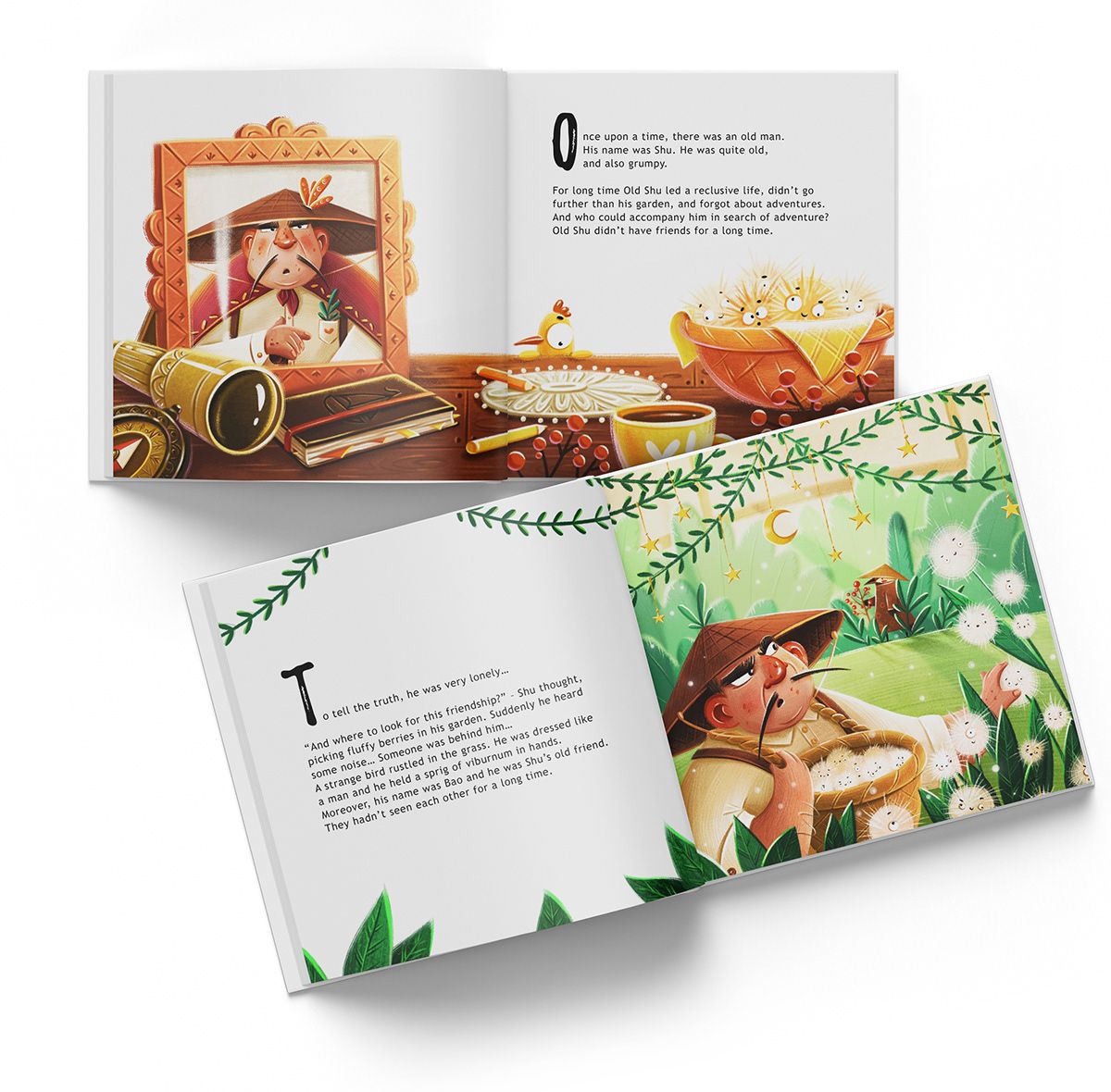
Wie viel kostet der Druck eines Kinderbuchs?
Sie haben Ihr ganzes Herzblut in das Schreiben und Illustrieren Ihres 32-seitigen Kinderbuchs gesteckt und können es nun kaum erwarten, es als gedrucktes Werk zum Leben zu erwecken. Als Buchdruckerei
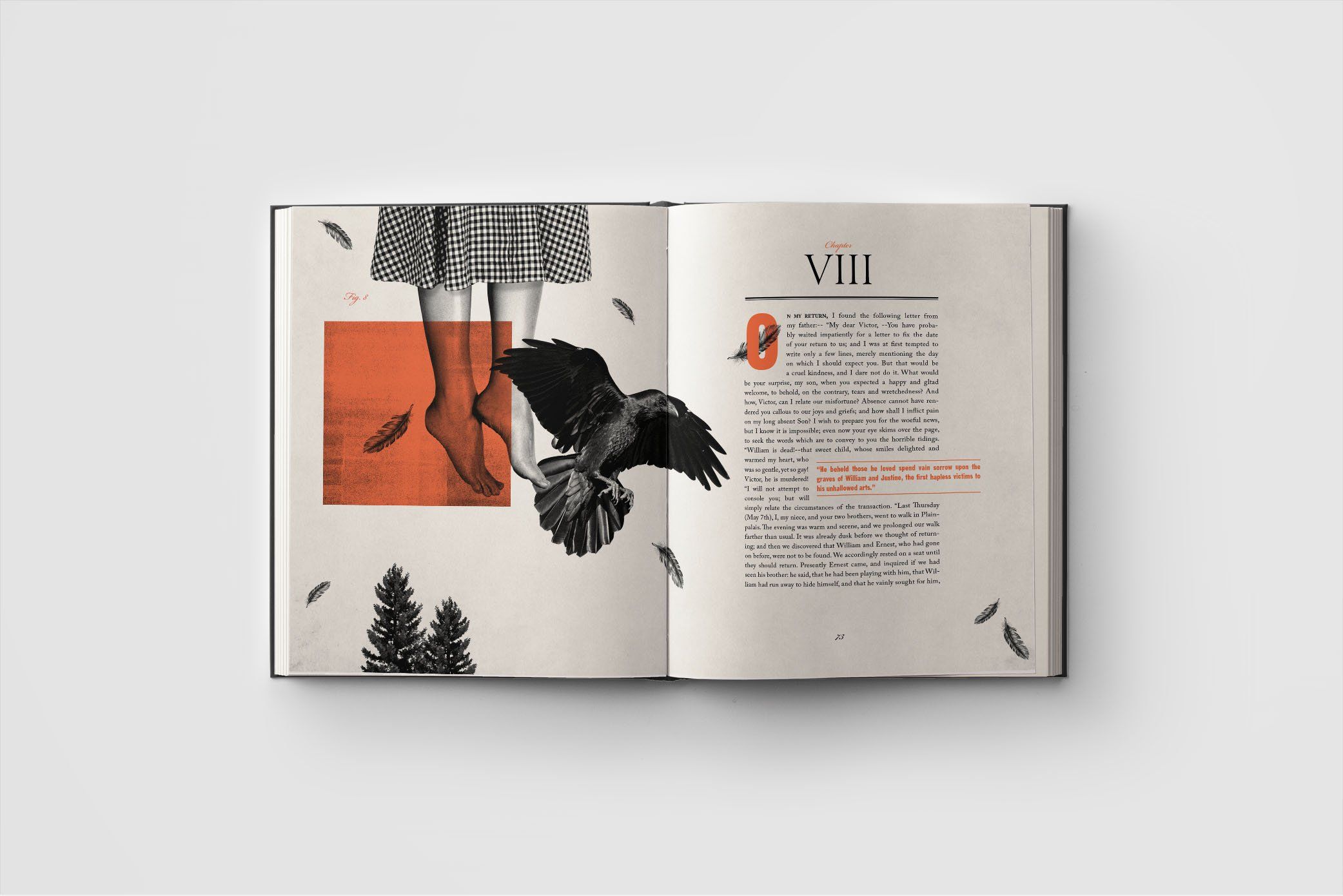
In welchem Land ist der Bücherdruck am günstigsten?
Die Wahl des Druckorts eines Buches kann eine große Entscheidung sein, insbesondere für diejenigen, die Kosten, Qualität und Komfort gegeneinander abwägen möchten.
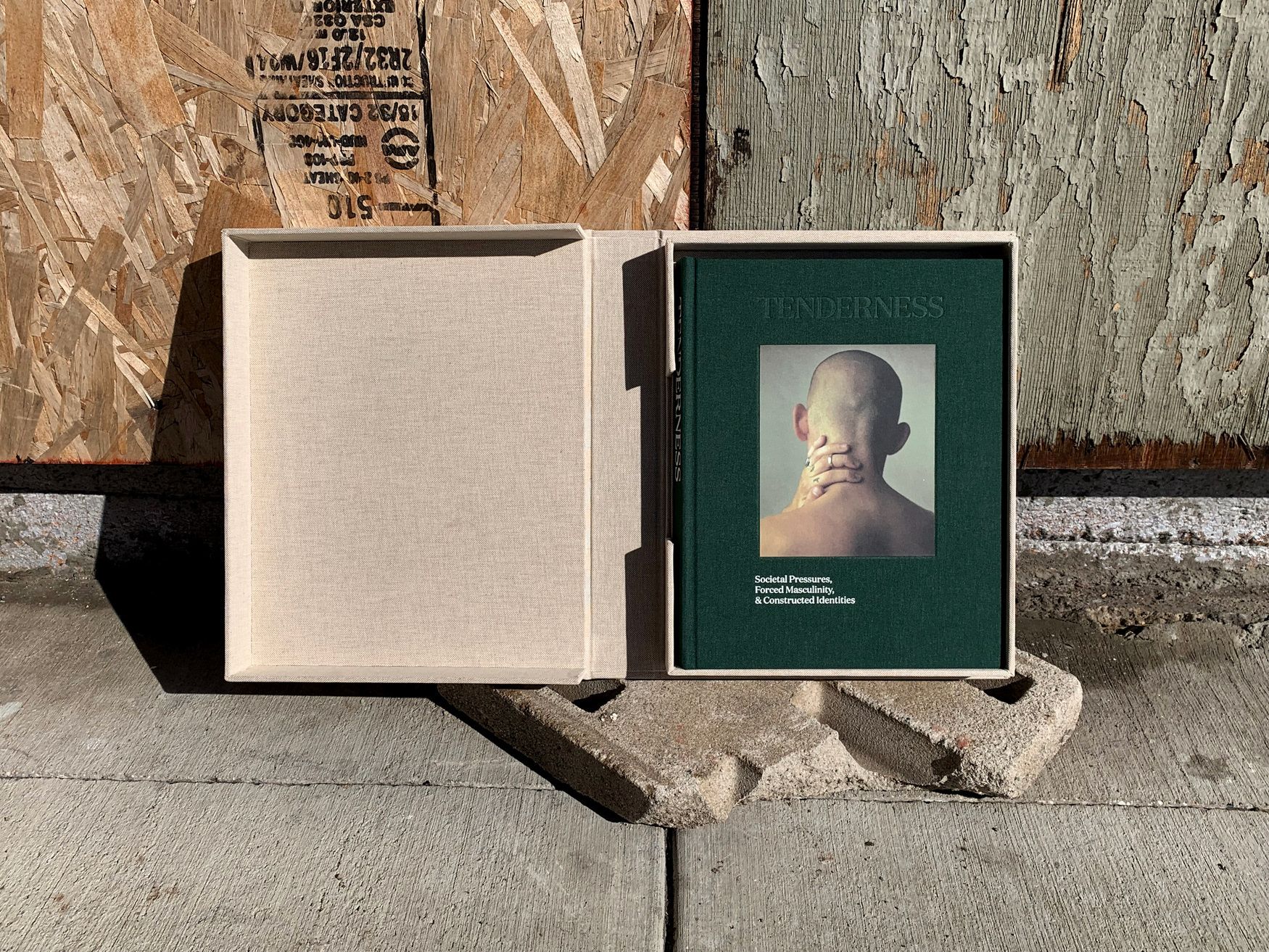
So drucken Sie einen individuellen Luxus-Bildband
Bei Booksprinting, mit über 20 Jahren Erfahrung im Offsetdruck und in der Buchbinderei, freuen wir uns, Sie durch den komplizierten Prozess der Erstellung eines individuellen Luxus-Bildbandes zu begleiten.

Welches ist das günstigste Print-on-Demand-Verlagsunternehmen?
Die Print-on-Demand-Technologie (POD) hat die Verlagsbranche revolutioniert und bietet unabhängigen Autoren
Kontaktieren Sie uns
- +86 13946584521
- info@booksprinting.net
- 8:00 - 22:00 Uhr (Mo - So)
Kommentare
Verwandter Blog
Finden Sie die neusten Trends und allgemeines Wissen im Buchdruckgeschäft.
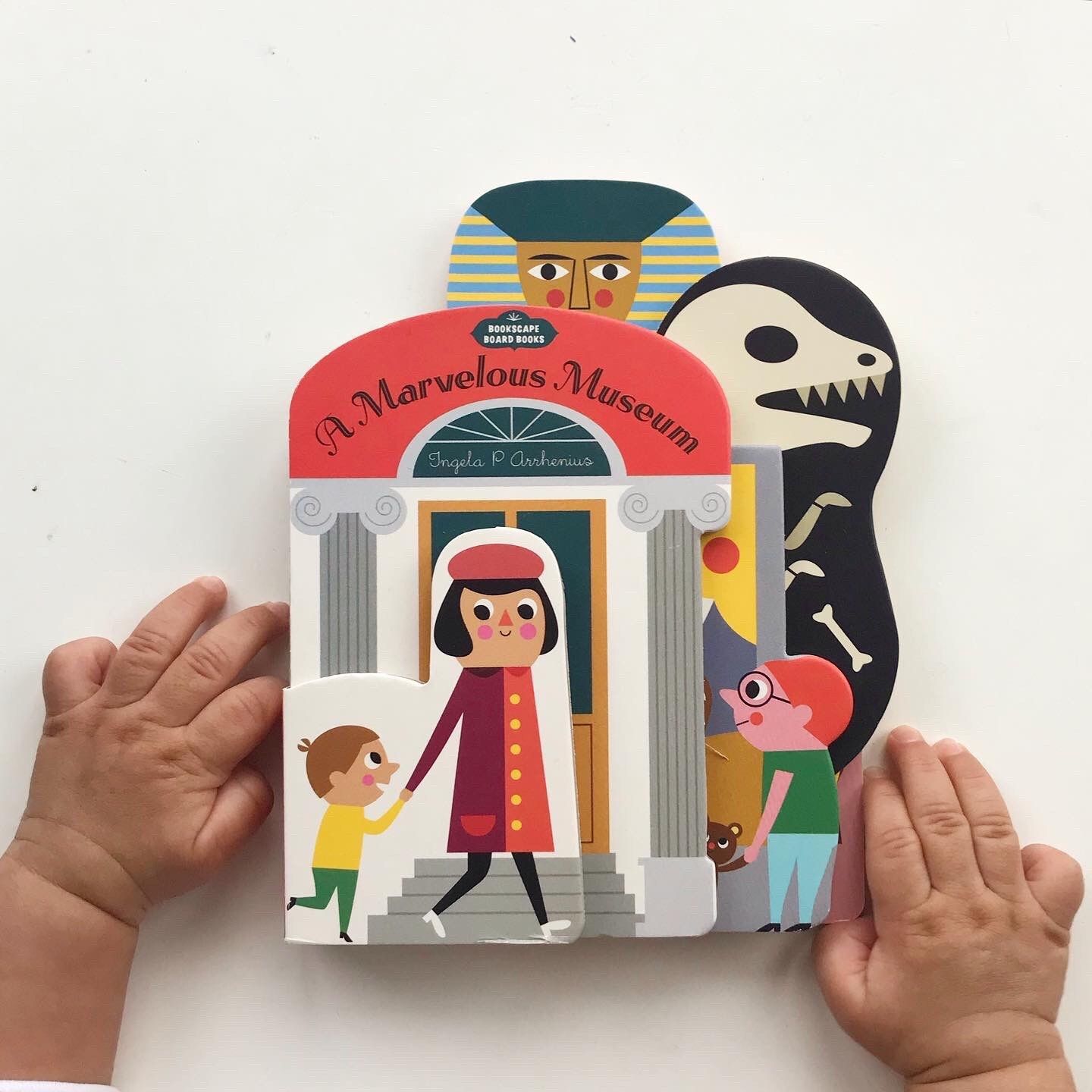
What Is The Difference Between Board Book And Hardcover
When it comes to publishing literature for young readers, selecting the right printing format—whether a hardcover or a board book—plays a crucial role in meeting the specific needs of your audience.

In welchem Land ist der Bücherdruck am günstigsten?
Die Wahl des Druckorts eines Buches kann eine große Entscheidung sein, insbesondere für diejenigen, die Kosten, Qualität und Komfort gegeneinander abwägen möchten.
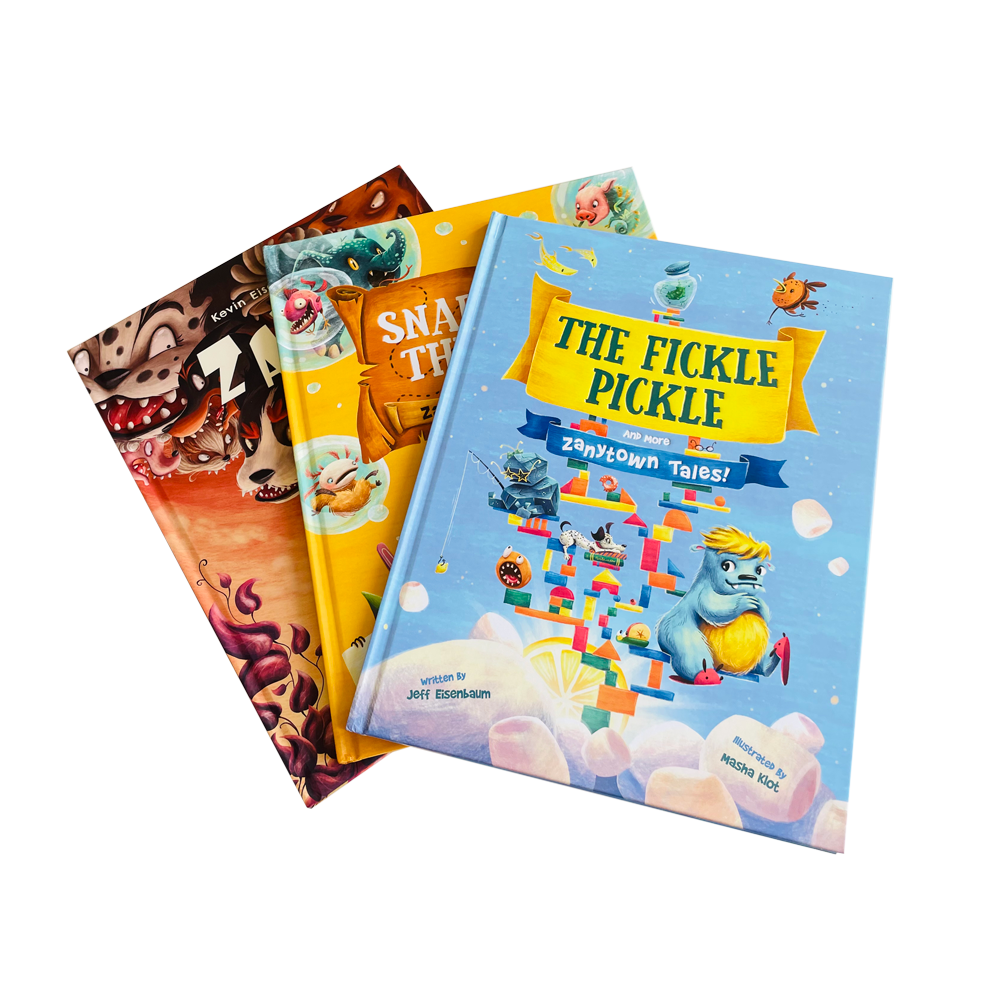
Warum waren gedruckte Bücher beliebt?
Bei der Gestaltung eines Kinderbuchs kommt es auf jedes Element an – insbesondere auf die Wahl des Papiers. Die Wahl der richtigen Papiersorte kann das Aussehen eines Buches verbessern,
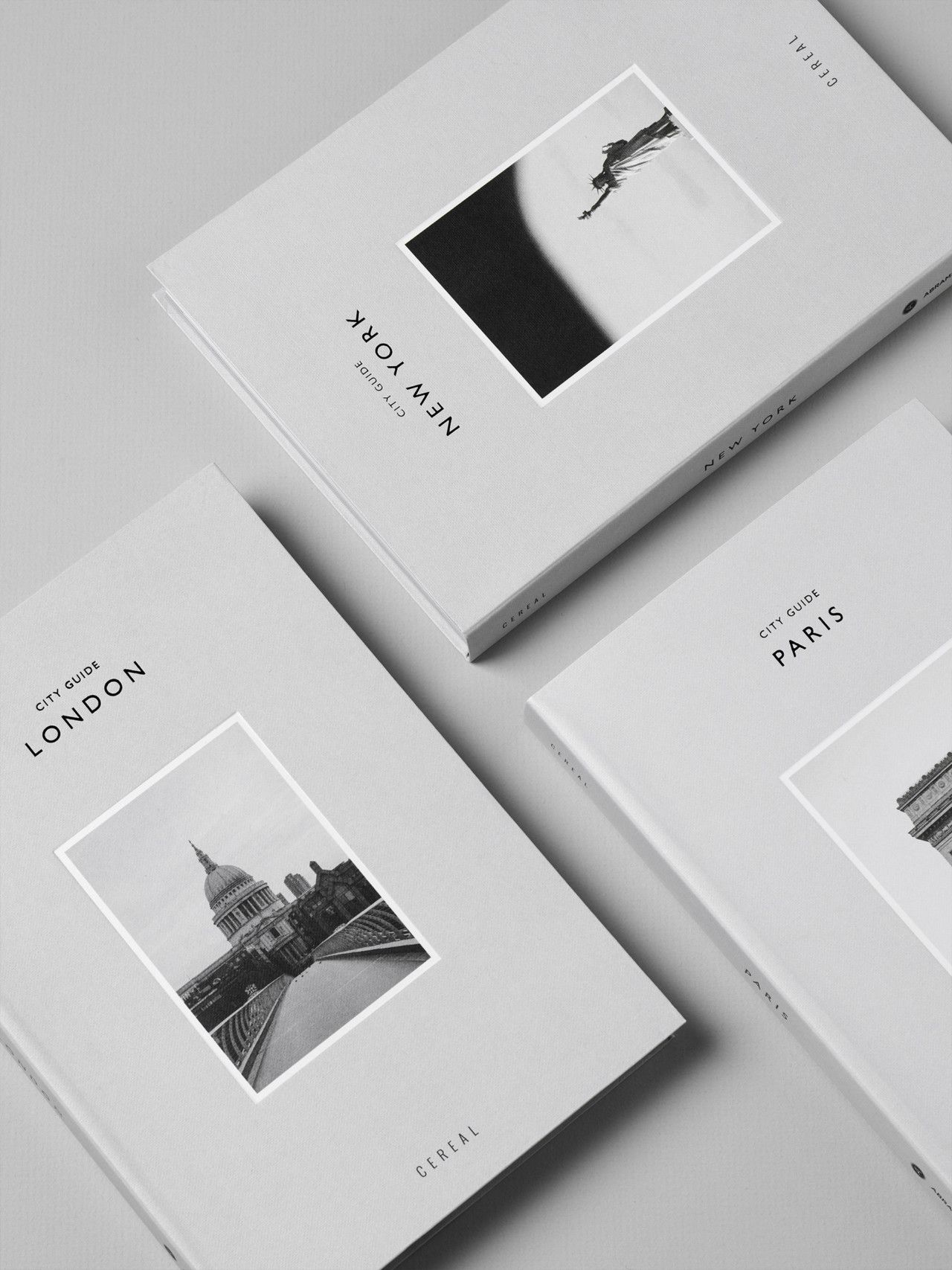
Wie hat der Druck die Buchkosten gesenkt?
Ob Sie ein aufstrebender Autor sind, der seinen ersten Roman drucken lassen möchte, ein Unternehmen, das einen Produktkatalog vorbereitet, oder jemand, der professionelle Buchdruckarbeiten benötigt,

